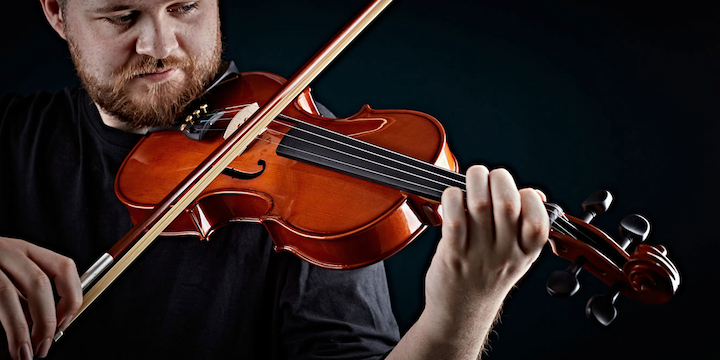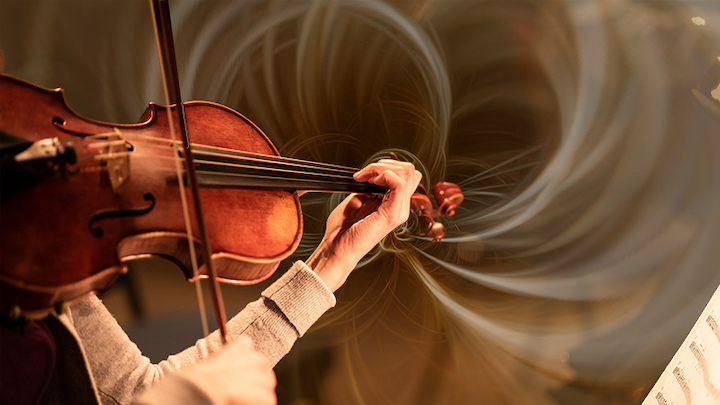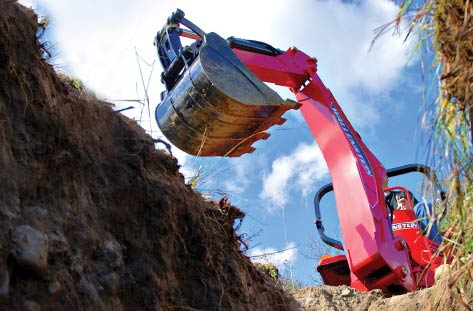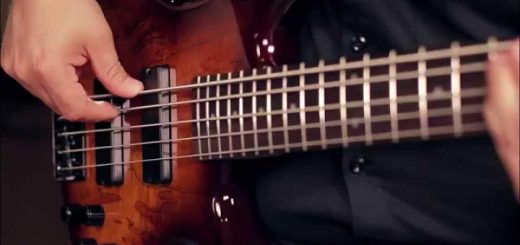Finding Your Sound: The Beginner’s Guide to Buying a String Instrument
Learning to play a string instrument is a journey filled with joy, self-discovery, and numerous benefits. Whether you’re a young student, an adult hobbyist, or someone rekindling an old passion, the experience of creating music can be profoundly rewarding. However, choosing the right string instrument as a beginner is crucial for ensuring a positive start to your musical adventure.
With so many options available, finding the perfect instrument can be a daunting task. This guide will help you navigate the world of string instruments, providing insights on the different types, key factors to consider, and the best places to purchase your first strings.
Types of String Instruments

When it comes to string instrument options available at a well-stocked violin music store, beginners typically choose from four main types: violin, viola, cello, and double bass. Each instrument has its unique characteristics, sound, and role within various musical genres.
- Violin: The smallest and highest-pitched member of the string family, the violin is a versatile instrument used in many musical styles, from classical to folk and even rock. It’s an excellent choice for beginners due to its manageable size and widespread availability of learning resources.
- Viola: Slightly larger than the violin, the viola produces a deeper, warmer sound. It plays a crucial role in orchestral and chamber music, often providing rich harmonies and filling out the middle range of the ensemble. Beginners drawn to a more mellow tone might find the viola appealing.
- Cello: Known for its rich, sonorous sound, the cello is a larger instrument played while seated. It covers a wide range of notes, from deep bass to lyrical tenor melodies. While it requires more physical space and a different playing posture than the violin or viola, the cello’s expressive capabilities make it a favourite among many musicians.
- Double Bass: The largest and lowest-pitched string instrument, the double bass is foundational in many genres, including classical, jazz, and bluegrass. Its size and deep sound can be both a challenge and a delight for beginners who are ready to explore its unique qualities.
Factors to Consider When Choosing a String Instrument
Finding the right string instruments involves more than just picking the one that sounds the best to you. Here are several factors to consider:
- Size and Comfort: Ensure the instrument is the right size for your body. Violins and violas come in various sizes, so it’s essential to choose one that fits comfortably in your hands and against your shoulder. For cellos and double basses, consider the instrument’s height and the length of your arms.
- Budget: Instruments can vary widely in price. As a beginner, you don’t need to invest in a professional-grade instrument, but it’s important to find one that offers good quality and playability. Budget for additional essentials like a bow, rosin, and a protective case.
- Sound Quality: Even at a beginner level, the sound quality of your instrument matters. Look for a warm, clear tone that resonates well. If possible, play several instruments or ask an experienced player to help you assess their sound.
- Material and Craftsmanship: Pay attention to the materials and craftsmanship of the instrument. High-quality wood and meticulous construction contribute significantly to the instrument’s durability and sound. Avoid overly cheap, mass-produced instruments that may not meet basic quality standards.
- Brand and Manufacturer: Research reputable brands and manufacturers known for producing reliable beginner instruments. Some well-regarded names in the violin music store industry include Yamaha, Stentor, and Cecilio.
Where to Buy Your First String Instrument

Finding the right place to purchase your string instrument is as important as choosing the instrument itself. Here are some options to consider:
- Local Violin Music Stores: Visiting a specialised violin music store offers the advantage of trying out multiple instruments and receiving personalised advice from knowledgeable staff. These stores often provide rental options, allowing you to try an instrument before committing to a purchase.
- Online Retailers: Websites offer a wide range of instruments for beginners. Shopping from an online violin shop can be convenient, especially if you don’t have access to a local music store, but ensure you buy from reputable sellers with good return policies.
- Second-Hand Markets: Consider looking for used instruments from trusted sources such as local classifieds, or instrument-specific forums. Buying second-hand can be a cost-effective way to get a higher-quality instrument within your budget. However, you need to have the instrument inspected by a professional before purchasing.
- Educational Institutions: Many schools, colleges, and music academies offer rental programs or have instruments available for students. This can be an affordable way to start learning without the immediate need to purchase.
Conclusion
Embarking on the journey of learning a string instrument is an exciting and fulfilling endeavour. By understanding the different types of string instruments, considering essential factors such as size, budget, and sound quality, and knowing where to purchase your first instrument, you’ll be well-equipped to make an informed decision. Remember, the right instrument will inspire you to perform, practice for exams, improve, and enjoy the beautiful music-making process.
Visit your local violin store or explore reputable online retailers to find your perfect match. Start your musical adventure today and discover the joy of creating your unique sound.







